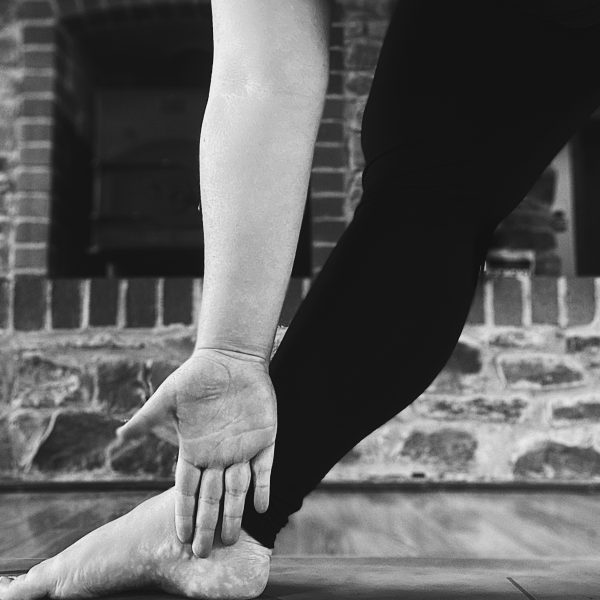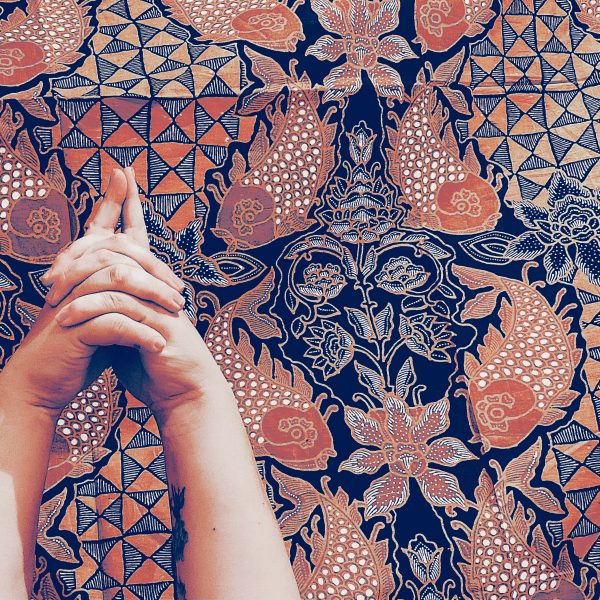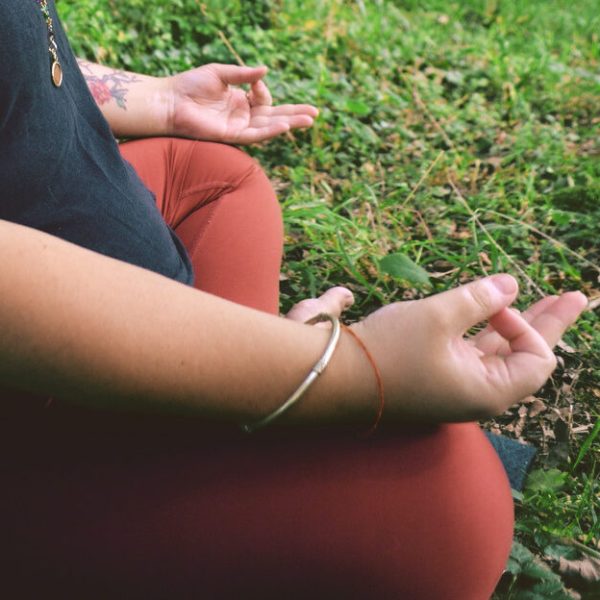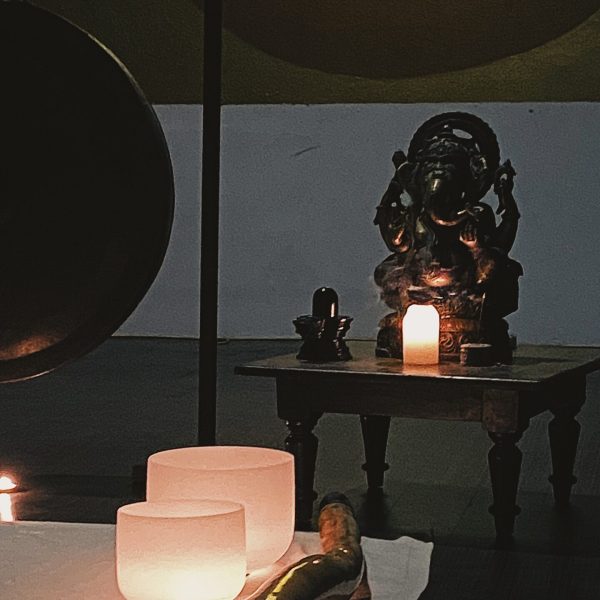Sattva Yoga
What is sattva Yoga?
Sattva Yoga is one of the most extensive approaches to yoga today. Rooted in the Vedic Traditions of the Himalayas, it was created after years of dedication and research by spiritual teacher Anand Mehrotra, integrating Hatha and Kriya yoga from ancient lineages.
This practice exceeds far beyond the mat. It is more than an exercise to do to lose weight, get fit, or be healthy. Yoga is not about being skinny, doing difficult poses or following an internet trend. It’s about you, how you feel and how the practice makes you feel.
Sattva Yoga is an integrative practice, meaning it combines the physical movements of:
- Hatha Asana (Postures)
- Kundalini Kriya (evolutionary actions)
- Pranayama (breathwork)
- Meditation
- Naad Practices (the use of sound as a tool for transformation and healing, through mantra, music and chanting)
- Transformative Wisdom
Each unique element of yoga is designed to achieve a balance of movement, breath, energy and wisdom within ourselves. By applying all practices in Sattva Yoga, a clear path is created for us as individuals to experience abundant and joyous lives.

Hatha Asana
Hatha Asana refers to body positions, or postures, associated with the practice of yoga. This includes static and dynamic (still & moving) postures, as well as vinyasa flows (using breath to move from one posture to another).
Hatha Yoga unifies the systems in the body and allows us to balance each part on its own and as a whole. Each Asana is designed to focus on making muscles strong as well as allowing them to relax and be able to support the body effortlessly.
It is very important to state that there is no ‘advanced’ in Sattva Yoga. Although we need to be conscious of our alignment, each posture and flow can always be modified for each individual’s needs.
Kundalini Kriya
Within each of us there exists an infinite potential of energy, stored in the base of our spine. This is Kundalini. As this is awakened, it is channeled up the spine, through the chakras and towards the crown. This rising of energy guides you to release anything that does not serve you. You begin to access the intelligent energy of the universe, and live an evolved life, full of happiness and self-acceptance.
Kriya are actions that awaken our Kundalini energy. They are tools that are designed to prepare ourselves for the powerful, transformative experiences that one can encounter. Each kriya has a unique purpose, and individually focus on specific emotions.
Descending from the Himalayas, Kriyas are traditional teachings that are so sacred, they were passed from Guru to disciple orally, and are not found in written form.


Pranayama - Breathwork
In the yogic tradition, the doorway to our life force energy, our prana, is through the breath. Everything in the universe, known and unknown, is connected through energy. Here yama means ‘tuning’, so by practicing pranayama techniques, we are fine-tuning the fundamental source of who we are through the breath.
Controlling our breath allows us to begin to correct our perception of what our ‘Self’ really is. Is it here we really start to experience awareness beyond our mind and the thoughts that constantly steal our attention.
Working with the breath is just the beginning of pranayama. The more we breathe consciously, the greater we benefit on a physical, mental and spiritual level.
Not only does this practice greatly reduce stress, anxiety and negative energy and other issues concerning mental health, it is extremely beneficial for many parts of the physical body, particularly the respiratory system and the brain.
Without breath, there is no yoga.
Meditation
In today’s world, it’s often a struggle to experience a true moment of stillness. There are so many ways meditation can be accessed, it can be overwhelming.
Meditation, quite simply, is the creation of deep silence in a still manner. The supreme state of ‘not doing’. By practicing meditation, we are training the mind to find silence.
Sattva Meditation consists of Breathwork, Kriya and Mantra. When practiced daily, it can benefit your energy levels, sleep and internal organs, as well as help you with the daily challenges we all face.
It is important to know that thoughts are not banned in meditation! If a thought arises, it’s ok to just be aware of it and let it pass by. As you consistently practice, there will be longer periods of time without thought.
Meditation is the foundation practice, supporting and enhancing all the other yogic practices. Without it, you will not receive the full desired effect of yoga.


Naad Practices
Everything in the cosmos exists and vibrates at certain frequencies, from the rocks in the ground, to the colours we see every day. These vibrations are known as Naad, the ‘essence of all sound’.
By tuning into the vibrational sounds of the universe we can change our energy, effecting how we feel physically and mentally. We already experience this when we listen to music, or perhaps stop and listen to the sounds of nature.
Naad practices help us in understanding and using sound as a tool for transformation and healing.
Sattva Yoga utilises these tools in all parts of the practice, including the mantras we chant, and the music we create or listen to.
Wisdom
The wisdom of yogic traditions might be ancient, but it is always relevant.
Yoga is accessible to people from all walks of life, no matter your faith, nationality or gender. It enhances our lives in the best ways by opening the way to our true Selves. Through a life of yoga, we are always improving, always learning, and always remaining open to the betterment of ourselves and the world around us.
In Sattva Yoga, wisdom is taught, learnt and shared among the yoga community and often in Satsangs. A Satsang is a gathering where the community come together and share wisdom related to the teachings. It is a safe supportive space to voice opinions and open up to others, giving each individual a wonderful place to and grow.




















